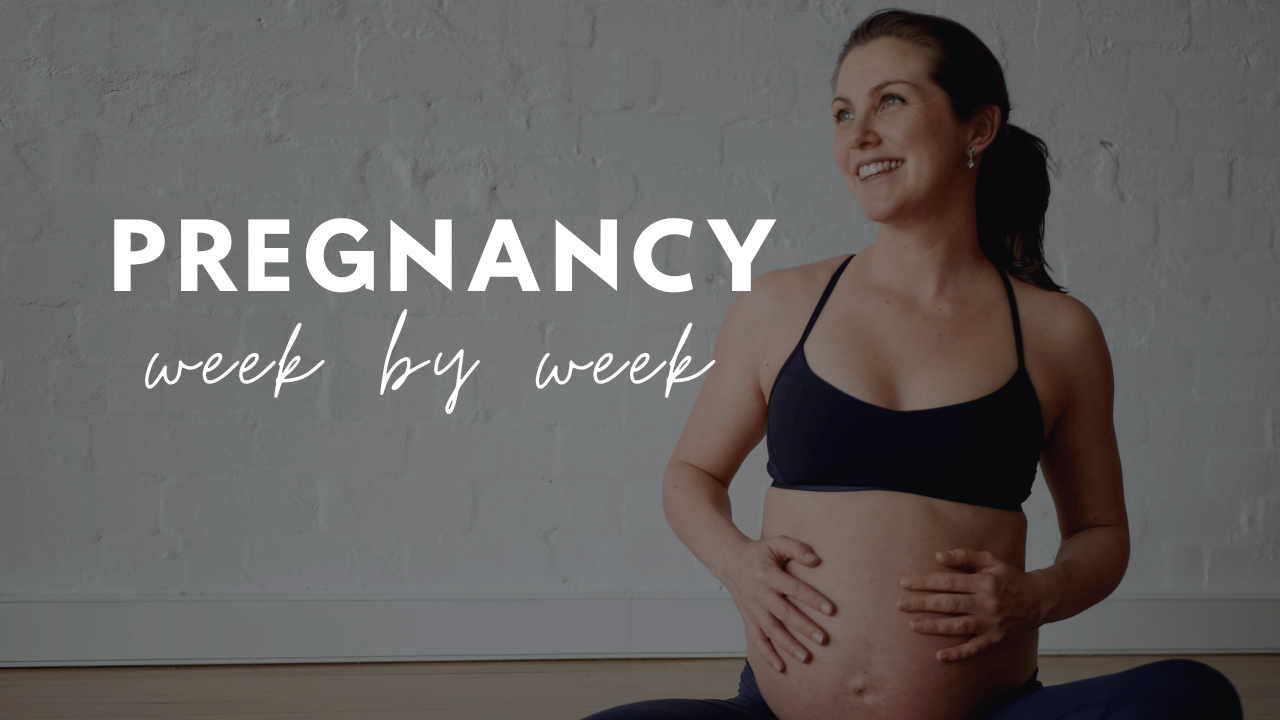Relieve Pelvic Girdle Pain During Pregnancy
Pelvic Girdle Pain Relief During Pregnancy
Are you experiencing pelvic girdle pain during your pregnancy? You're not alone! In this informative video, I share 5 effective ways to relieve pelvic girdle pain to help you enjoy a more comfortable pregnancy.
From simple exercises and stretches to lifestyle adjustments and supportive gear, we've got you covered.
Join me as I explore practical tips and techniques designed specifically for expecting mothers. Whether you're in your first trimester or nearing delivery, these strategies will empower you to manage discomfort and enhance your overall well-being.
Are You Struggling with PGP?
Are you or someone you know struggling with pelvic pain during pregnancy?
In these informative videos, I share essential pregnancy hacks to help you say goodbye to pelvic discomfort and enjoy your journey to motherhood.
From practical tips on posture and movement to effective stretches and exercises, we've got you covered!
Alleviate Pain
Learn how to alleviate pain and improve your overall comfort with expert advice and simple techniques that you can incorporate into your daily routine.
Whether you're in your first, second, or third trimester, these hacks are designed to provide relief and support your body as it changes.
Don't let pelvic pain hold you back.
Watch now to discover how to reclaim your comfort during pregnancy!
Did you know that it's so common that 25% of pregnant women will suffer from some kind of pelvic girdle pain through their pregnancy.
Trusted by thousands of women worldwide, PregActive has helped pregnant women enjoy a stronger, fitter and healthier pregnancy.
While it may impact on you, it will not affect your baby in any way.
PGP can be managed throughout your pregnancy and most PGP recovers completely after childbirth. However, approximately 7-10% of cases can continue with pain.
This is when you should book in an appointment with your physical therapists or physiotherapist.
5 of the Best Exercises for Pelvic Pain Relief
It is important that you continue to strengthen your pelvic floor throughout your pregnancy. This is why you receive a guided weekly pregnancy workout plan that includes pelvic floor exercises.
What is Pelvic Girdle Pain?
Pelvic Girdle Pain (or PGP) refers to pain around the pelvis, usually focusing at your two sacroiliac joints, groin and your pubic symphysis. The pain can often refer down your legs into your thighs and also into your lower back.
Pelvic Girdle Pain and You
This is when PGP can impact on your daily activities:
1. Single legged activities
2. Walking
3. Rolling over in bed
4. Walking up stairs
5. Getting in and out of the car
PGP can occur for a number of reasons:
1. Injury
2. High BMI
3. Weak pelvic floor muscles
4. Trauma
5. Arthritis
6. Rapid weight gain
1: Take smaller steps when walking
When you take smaller steps, you will decrease the shearing forces through your pelvis which can help manage your pain by decreasing the stress at your pelvic joints.
2: Sleep with a pregnancy pillow between your legs.
When you do this, you can decrease the pressure through the front of your pelvis as well as avoiding twisting movements through the back of your pelvis.
3: Sit down when getting dressed.
This will help to decrease the shearing forces at your pelvis during single leg standing.
4: Use correct sitting posture.
Try propping your feet up on a foot stool and make sure your bottom us right back in the chair.
5: Use correct standing posture.
I have numerous tips and videos on how to maintain correct posture in my online program.
6: You need to Avoid heavy lifting
Always bend with your hips and knees while keeping the natural curve in your back.
7: Avoid sitting with crossed legs.
If you do need to sit on the floor, then try to sit on a stool rather than cross legged.
Pelvic Pain after Walking
Are you getting this pelvic pain after going for a walk? Then you may be suffering from symphysis pubis dysfunction. The pubic symphysis is located at the front of the pelvis where the two sides of the pelvis meet.
Changes in the hormones during pregnancy relax the ligaments and allow for increased movement, which can result in misalignment that can cause you pain. Please seek professional medical help.
Pain Relief at Night
Why is my pelvic pain worse at night? When you sleep, there is the potential for your joints to be in a more vulnerable position.
This can occur more often later in your pregnancy as your muscles have an even more important job in helping to stabilize your spine and your pelvis.
You may find your pelvic pain is worse at night due to the fact that your buttock muscles are less active at night-time as they are in a resting position.
Also, depending on how you are sleeping, the joints may be in a more vulnerable position.
Pelvic Groin Pain in Pregnancy
If you are suffering from groin pain during pregnancy, you are not alone! Sometimes this pain becomes more intense as the pregnancy progresses. Ligament pain and vaginal issues are common causes of groin pain in pregnancy.
You should always chat to your doctor or midwife about any groin pain you may be experiencing.
Symphysis Pubis Dysfunction
The pubic symphysis is a joint that sits between the left and right pubic bones. During pregnancy, the ligaments and muscles that support the joint relax and stretch to accommodate the growing uterus and fetus.
This relaxing and stretching causes the pubic symphysis to become unstable, resulting in SPD.
Symptoms:
- sharp, shooting pains in the vagina, perineum, or rectum
- electric shock-like sensations in the vagina or groin area
- clicking in the hips or pelvis
- muscle spasms
- shooting pains in the pelvic area
- pain that radiates from one part of the pelvic area to another
You May Find Relief Using the Following Treatments:
- chiropractic massage
- acupuncture
- heat or ice to the pubic region
What is PGP?
Pelvic girdle pain is a collection of symptoms of discomfort and pain in the pelvis and lower back area, including musculoskeletal pain radiating to the upper thighs and perineum.
Quick Tips to Relieve Pain
1. Wear low-heeled shoes.
2. Seeking medical advice regarding exercise and posture.
3. Reduce non-essential weight-bearing activities.
4. Avoid stairs.
5. Try not to stand for long periods of time.
6. Avoid standing on one leg.
7. Avoid movements involving hip abduction.
How is Pelvic Girdle Pain diagnosed?
Pelvic girdle pain is pain in the front and / or the back of the pelvis. This pain is often caused by the joints moving unevenly and the pelvic girdle becoming less stable.
Diagnosis is usually made by clinical examination. Your doctor will then likely refer you to a women's health physiotherapist who will examine the muscles in the back, pelvic and hip area.
PGP Symptoms Include:
1. Tightness in upper back.
2. Pain in the lower back area.
3. Pain in the pubic area.
4. Difficulty in getting up or sitting down.
5. Difficulty rolling over in bed.
6. Bladder dysfunction.
7. Pain in in the legs.
8. Pain in in the buttocks.
9. Clicking in the pelvis when walking.
Pelvic Girdle Pain treatment?
When you see a physiotherapist, they will provide you with a management plan including appropriate core stability exercises. They will also discuss additional treatment options with you.
Seek Help
If your pelvic girdle pain continues after childbirth, your physiotherapist may recommend additional exercises to help strengthen the pelvic area.
Along with treatment, you should avoid lifting any heavy objects, climbing stairs, or standing for extended periods of time.





